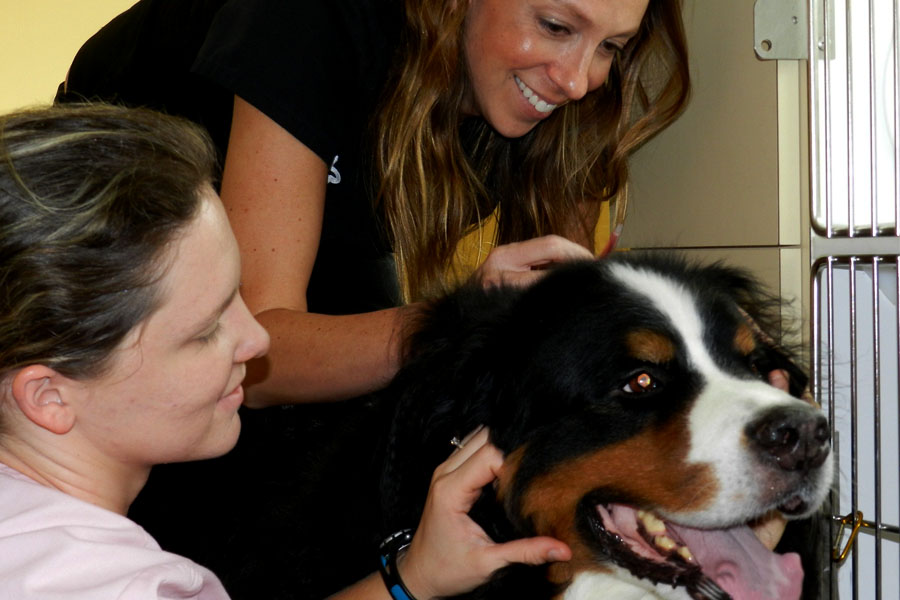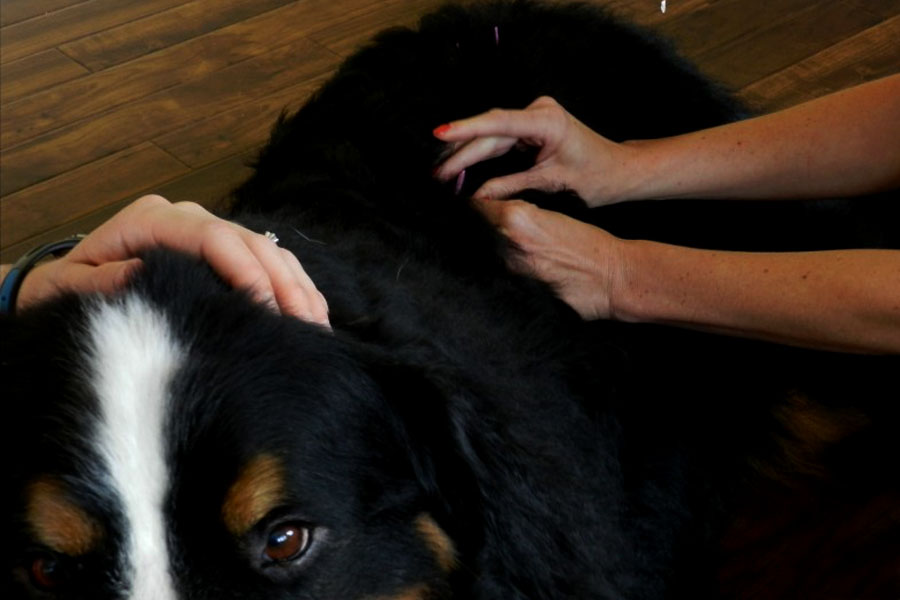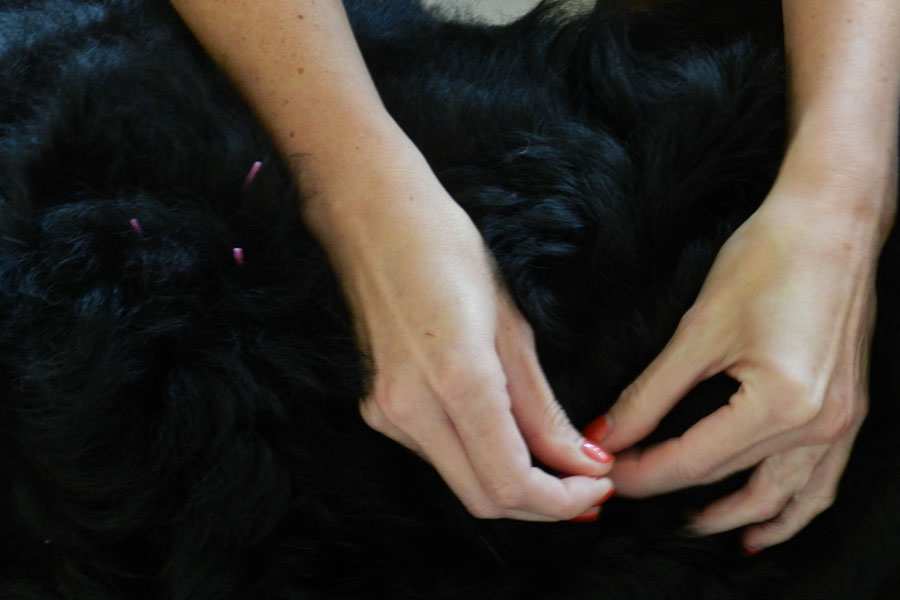Pet Acupuncture
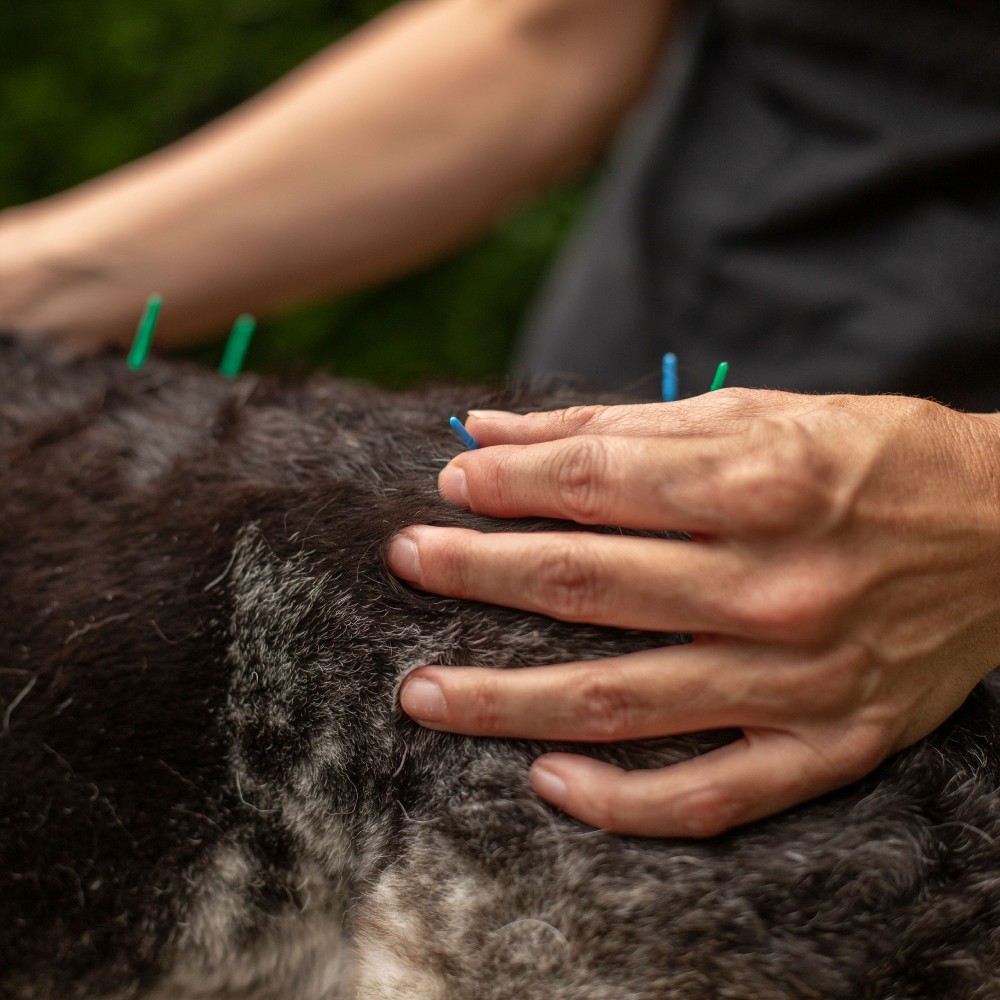
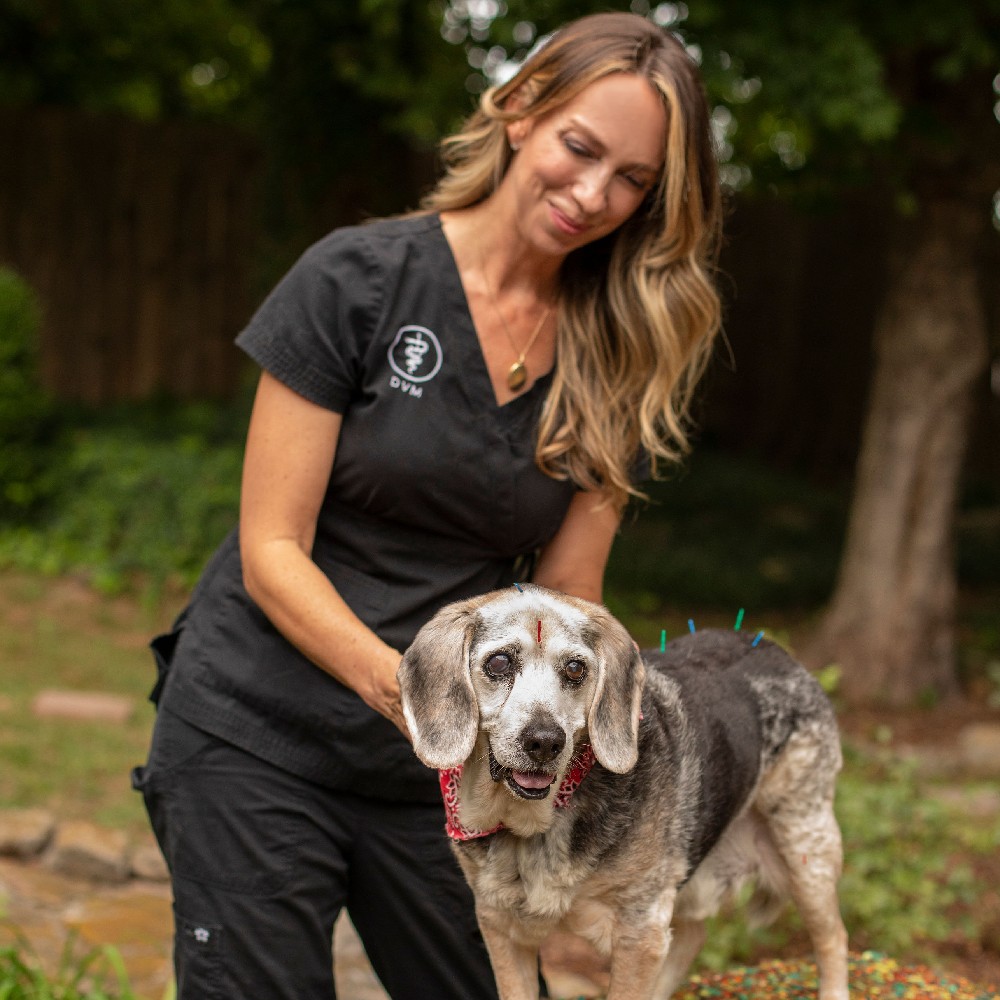
Healing Your Pet with Acupuncture
Acupuncture is the process of inserting needles into the body to produce a healing response. The Chinese have used acupuncture in veterinary practice for thousands of years. Acupuncture can be effective in conjunction with Western veterinary medicine or alone as its treatment.
Your pet’s body has 14 major energy channels, and acupuncture points are located on those energy channels. The ancient Chinese discovered 173 acupoints in animals. These channels contain a high density of free nerve endings, mast cells, small arterioles, and lymphatic vessels. The stimulation of acupoints releases Beta-endorphins, serotonin, and other neurotransmitters to provide pain relief and healing. In other words, acupuncture can assist the body to heal itself by affecting certain psychological changes.
Balancing of the Qi
The health of the body depends on the state of Qi (pronounced chee). Qi is the vital life force, or energy, that flows through the channels. The two opposite forms of Qi are Yin Qi and Yang Qi. The organs and bodily systems work together in harmony to create a healthy body, putting Yin and Yang in balance. Disease and disharmony occur when there is a disruption in the flow of Qi, and the balance between Yin and Yang is thrown off. For example, if Qi is blocked by any pathological factor (such as a virus, bacteria, trauma, inflammation, or cancer), then pain, dysfunction, or ill health results because Yin and Yang are out of sync. Thus, acupuncture stimulation resolves the blockage, freeing the flow of Qi and enabling the body to heal itself.
Techniques
The goal of each technique is always to restore homeostasis (health) by achieving a balance of Yin Qi and Yang Qi.
Dry
needling
Electro-
stimulation
Aqua-
puncture
Moxibustion
Treatable Conditions
Dr. Neely North uses acupuncture to aid in the treatment of:
Musculoskeletal problems, such as arthritis, intervertebral disk disease, or traumatic nerve injury
Respiratory problems, such as feline asthma



